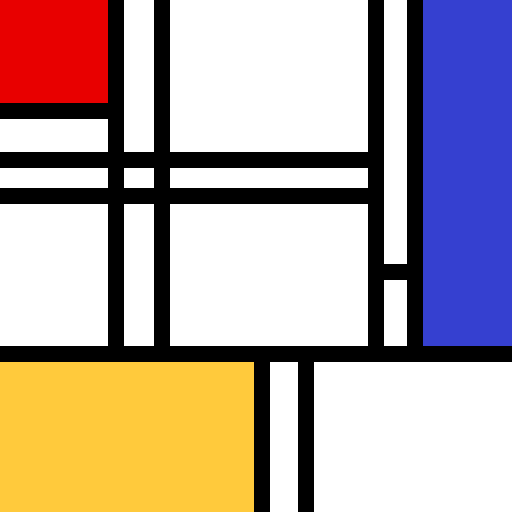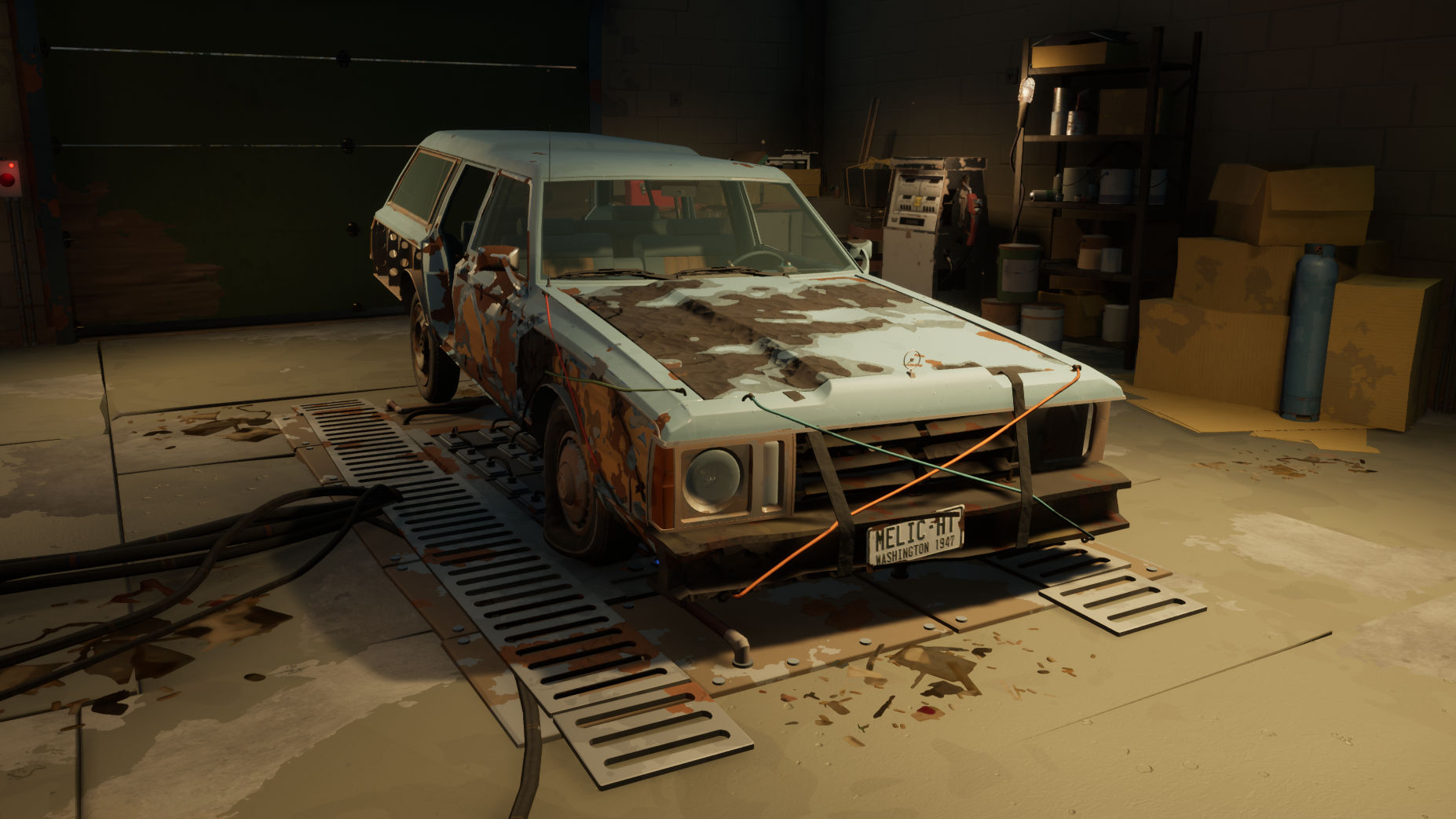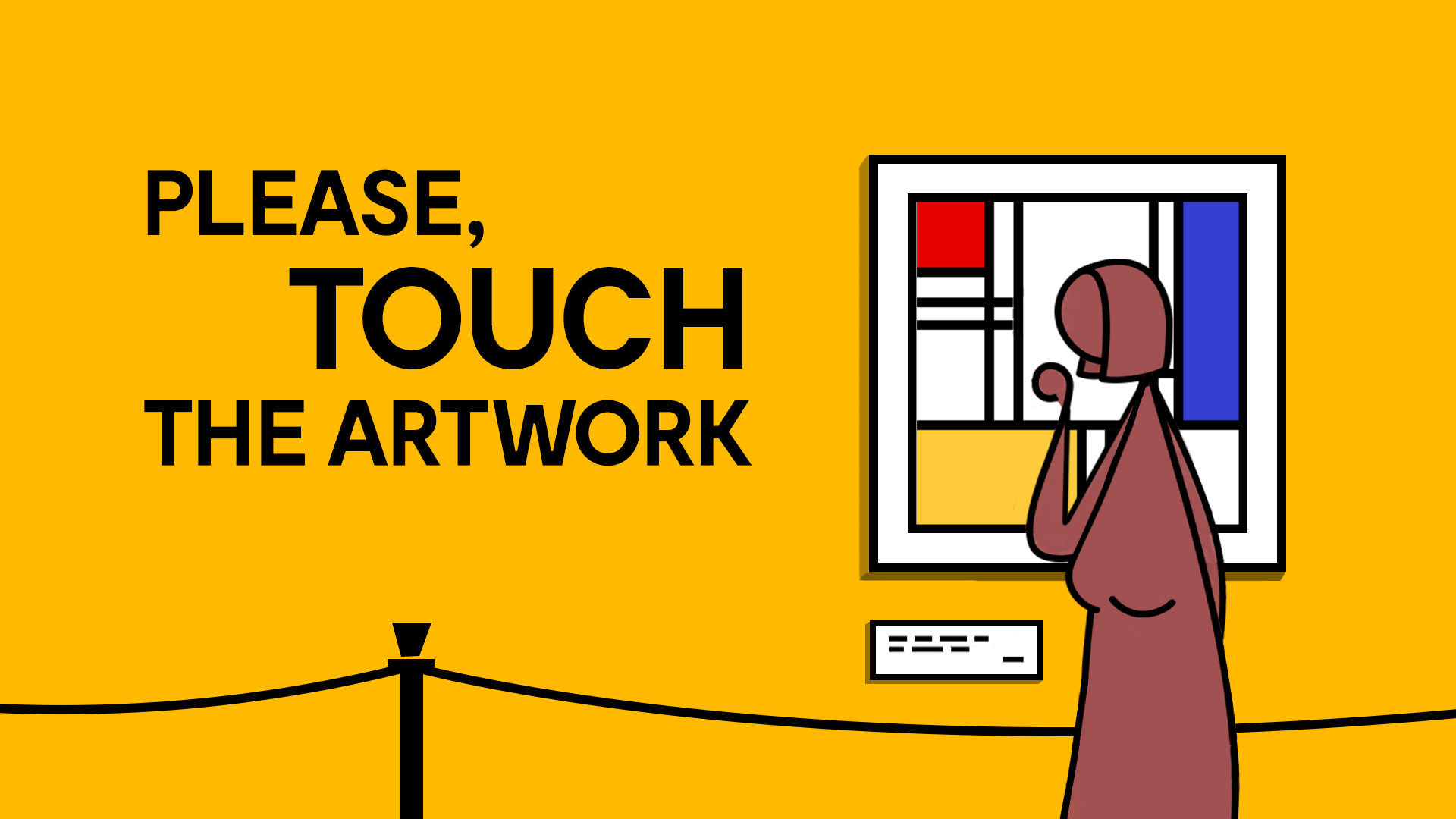
There's nothing quite like a chill, easy-to-learn puzzle game that occasionally challenges you. Some are comfortable challenging the player and moving on. The best puzzle games go above and beyond to do something more. Studio Waterzooi's Please, Touch the Artwork does just that, cementing itself as one of the best indie releases in recent memory.
Equal parts art museum and puzzle game, Please, Touch the Artwork encourages players to satisfy the childhood need to touch the artwork in a museum. In fact, touching the artwork is the central gameplay loop here: In one of the game's three galleries, players might send a blue square across the screen. In another, they might be drawing lines or filling in spaces with primary colors. In the third one, you might try to collect letters to write a poem.
At face value, some of the mechanics have been around since Pac-Man, but the game makes nearly every level interesting and worth playing. That's partially thanks to the iconic abstract art that serves as your playground. The game doesn't relegate the artwork to the background or try to alienate players who might not be as enthralled with abstract modern art as the game's creator.
As you progress through any of the three exhibits, you'll be faced with a charming, well-told story. Their minimalism and punch match the stark, tri-tone art that the game adores. Even the game's relaxing, jazzy soundtrack fits its tone.
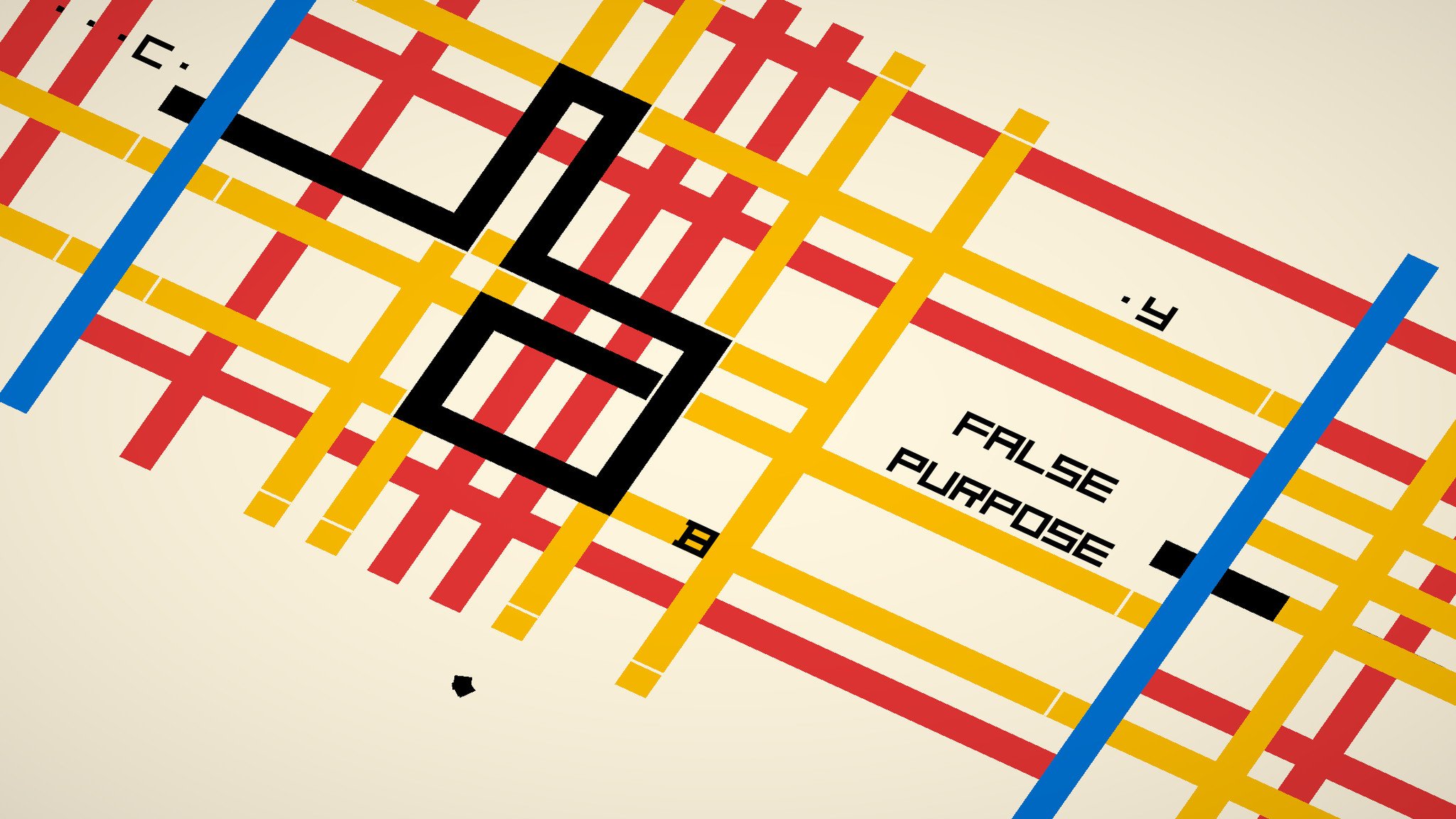
Unfortunately, keeping things simple does get in the way of Please, Touch the Artwork at times. Mechanically subversive puzzle games tread a fine line between introducing interesting, new mechanics that delight and evolve the game, and confusing players or compromising the game's original hook.
A majority of Please, Touch the Artwork adheres closely to Portal's school of design — in introducing interesting mechanics and continually building on top of them to create mind-boggling puzzles, it takes you to the edge of frustration before rewarding you. Unfortunately, that can't be said for the entire game.
Later levels rely on more than just understanding the game's mechanics. Invisible lines revealed through trial and error in the game's De Stijl section are a standout example of how challenge and overcomplication play at odds with the game's otherwise meditative, simple approach to puzzle design.
All the latest news, reviews, and guides for Windows and Xbox diehards.
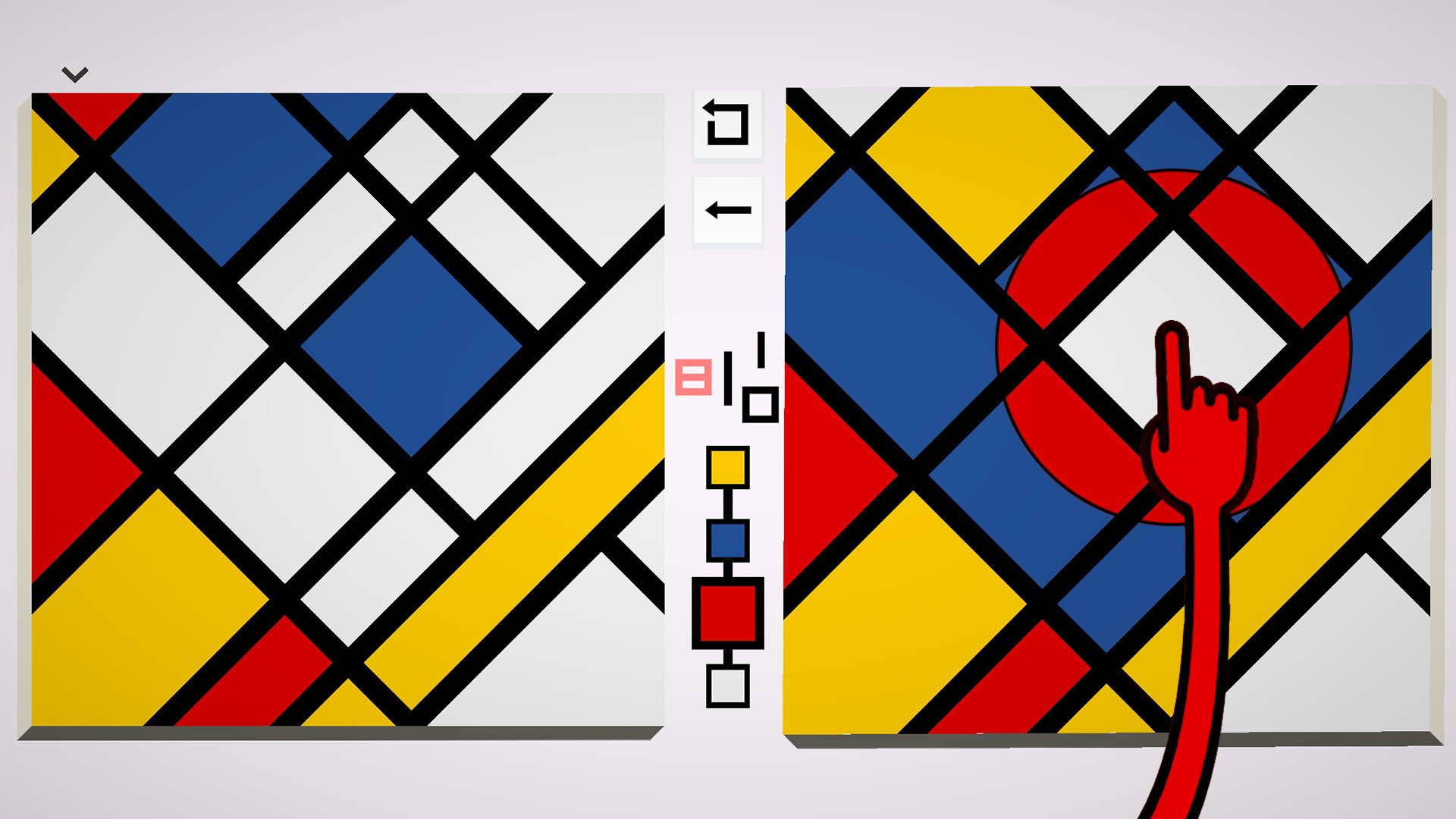
The game knows that not everyone's puzzle solving skills might be up to snuff, so it has a hint system hidden in each puzzle after the player resets the puzzle enough times. It's not perfect, but it will definitely come in handy for less experienced puzzle game fans. There are parts where the hints show up in a way that could prove to be an accessibility issue for some players, however.
Players who do complete an entire gallery of puzzles, however, are treated to something akin to a virtual gallery. Since each puzzle is a work of art that's part of a larger body of work, Waterzooi takes the opportunity to teach players about the history behind the work with small blurbs like what you might find in an art museum.
Please, Touch the Artwork is a lot like a good series of abstract paintings — in a few strokes, it frustrates, confuses, tells a story and then turns itself on its head. Despite a few annoying moments, its cheeky tone, great puzzle design and clear adoration for the art it showcases all make it 2022's first must-play indie release, especially for anyone interested in the history of modern art.

Charlie's a former freelancer for Windows Central based in Chicago, IL.
